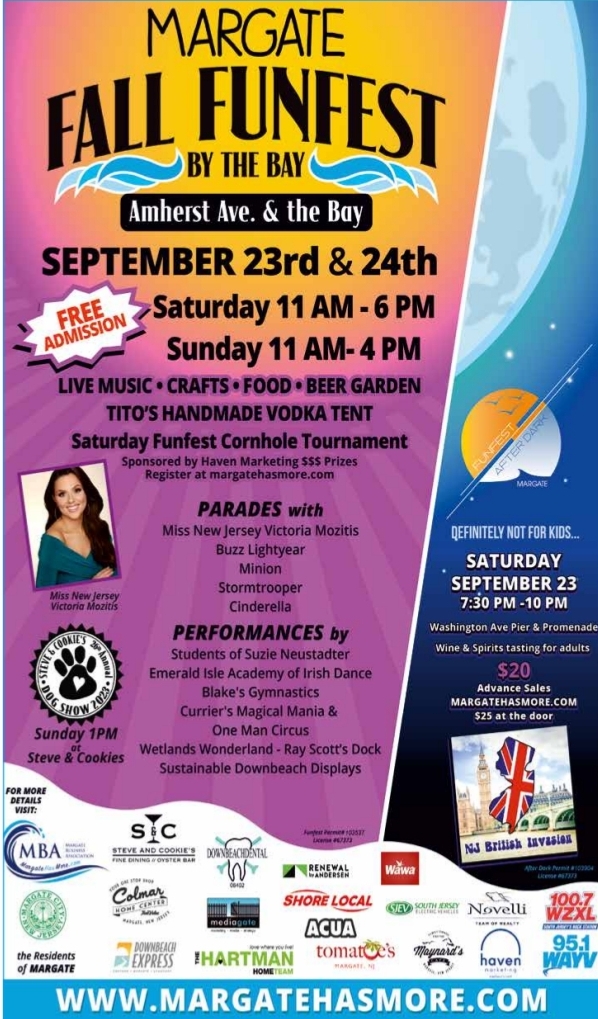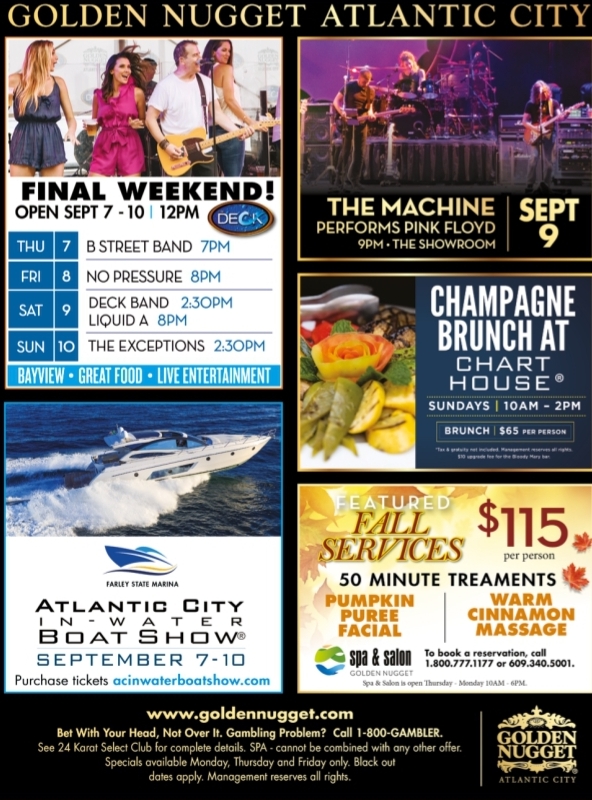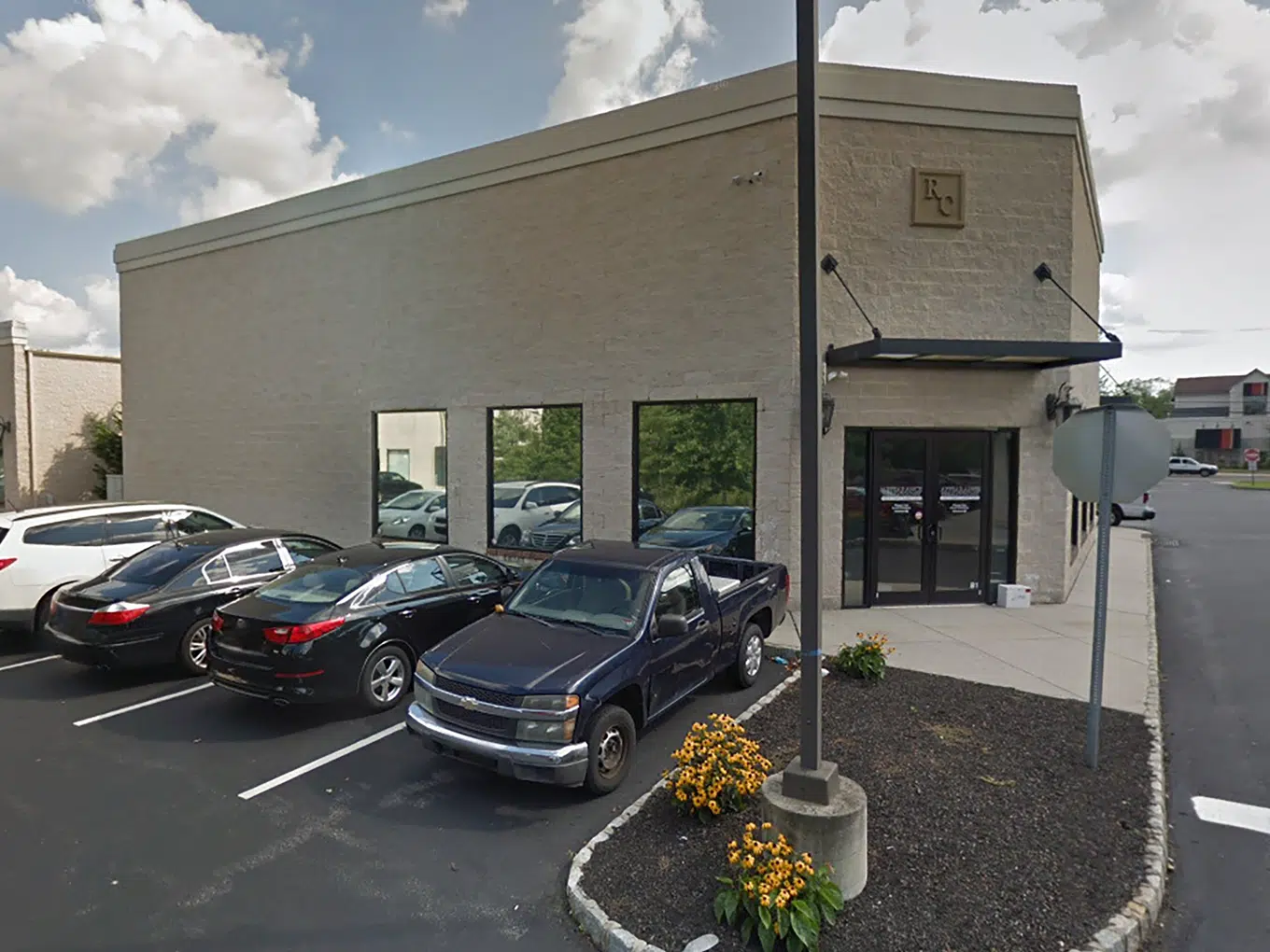By Bill Quain
A few weeks ago, I wrote a Six Words on a Boardwalk Bench column titled “Working 16 hours for 30 cents”. In that column, I talked about working at the shore and invited others to send me their experiences. One of the emails I received was from a new friend, Pete Davis. He and I both worked at Watson’s Restaurant (Ninth and Ocean here in O.C.), though at different times. As I read Pete’s story, I soon realized that we had much in common. When I contacted him by phone we had a great conversation. I’d like to share some of our insights into the power of having a job at the shore – and working really hard to serve guests.
They’re not built like this anymore!
Watson’s was a huge establishment! Pete described it like this:
Watson’s was a 500-seat restaurant. The kitchen was large, with a full bakery in the basement. In 1974, there was a full-time baker, butcher, two chefs along with a full cohort of broiler cooks, fry cooks, vegetable cooks, sauté chefs, and five cold pantrymen for appetizers, salads and desserts. It took 35 waitresses, six busboys and six hostesses to manage the dining room. We needed seven dishwashers a night to keep pumping out clean plates and glasses. The pot sink was never caught up.
Formal dining? In O.C.? No way!
Yes, we had formal dining. People actually got dressed up to go to Watson’s. Plus, everyone got a full meal: soup, appetizer, entrée, and dessert. It was the classic, “choose one from column A, and one from column B, etc.” meal plan. The only thing on the menu that had a price was the entrée. Everything else was included.
That’s a far cry from today’s average dining experience and one of the reasons it required a lot more personnel. Imagine needing a butcher and a baker on-site! Everything was made fresh, and nothing was left to chance. At Watson’s, we moved you through the dining room, but you never felt rushed. We served a lot of meals each night. Pete and I both came up with the same memory: hitting 2,000 full meals on an August Saturday night! That would serve the entire population of Ocean City High School almost twice over.
Pete got more out of it.
I worked as a cook at Watson’s in 1971. I had just finished my first year at the famous Hotel School at Cornell University and started my job “wearing whites” without knowing what that really meant. Pete started out in the dish room, and like all the non-cooks/chefs, he wore street clothes. Wearing whites was a status symbol! The normal route to getting into a white uniform was from the dishwasher, through other kitchen duties, and finally, maybe you’d get to run a steam table. For most of the kitchen help, the jump into a white chef’s uniform took years. That’s what Pete did.

It paid off! He rose all the way through the ranks and finally became the kitchen manager. He worked his way through college, found his fantastic wife, Susan, working as a waitress at Watson’s, and then got his Master’s Degree at Cornell’s Hotel School. Pete went on to a great career in the hospitality business, ending up at the world-class Rittenhouse Hotel in Philadelphia, where he worked for 20 years.
Some outstanding lessons from the owner
John “J.P.” Pfaeffli, the owner and general manager at Watson’s, was an inspiration, pure and simple. Nobody wanted to disappoint him. Pete and I have similar “J.P.” stories.
On my second day of work, I was making the stuffing for the turkey dinners. I must have set the record for taking too much time to get the job done, and Mr. Pfaeffli gave me the nickname “Lightning.” I spent the rest of that summer killing myself, trying to shake the name. When I left Watson’s that September, I still had it, but guess what? I was fast, and I’ve never done a job since then where I didn’t try to work at double speed. It paid off – “Lightning Quain” is the author of 27 books. Thanks, J.P.
As for Pete, he emailed me a list of lessons he’d learned during his time at Watson’s, but my favorite was #3: maintain a professional appearance – even after a long night at Tony Marts. Apparently, Pete arrived at work one Sunday looking a bit ragged. He worked a split shift on Sundays with one hour off to relax and grab a nice dinner. Not that Sunday. Mr. Pfaeffli sent him home to shave, shower, and well… dress the part of a professional. That was over forty years ago. Judging by Pete’s resume, it worked!
Watson’s biggest lesson? Get it done!
Two thousand meals don’t make themselves. It takes teamwork, dedication, sacrifice, and an appreciation for talent. However, to really make it work, everyone has to understand their role, and work to their full potential. I didn’t just work for me, I worked because I didn’t want to let other people down. I know that Pete felt the same way.
That lesson can change the trajectory of your life. In the years since then, I didn’t always feel that way about the places where I worked. The good thing was that even when I didn’t have that feeling, at least I missed it, and did my best to create it again. It’s what made me a good family man, a decent writer, and someone who appreciates it when others demonstrate that they, too, understand the feeling of working hard and getting the important stuff done.
So, be like Pete, and send me your stories to bill@quain.com. As I always say, I’ll see ya in the papers.
Bill is a Professor in Stockton University’s Hospitality Management Program. He is the author of 27 books, and a highly-respected speaker. Even though he is almost totally blind, Bill is a long-distance runner and runs the Ocean City Half Marathon each year. He lives in Ocean City with his wife Jeanne, and his Guide Dog Trudy. Visit www.billquain.com or email him at bill@quain.com.









